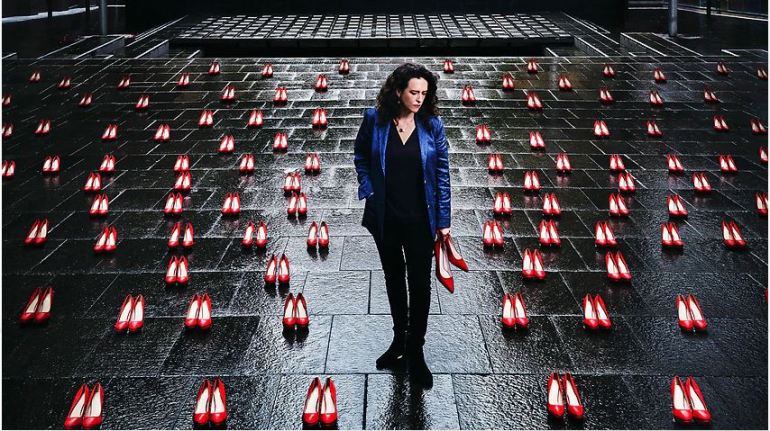With the draft amendments to the legislation that governs the Producer Offset now published, there is one issue that to date hasn’t garnered much attention. That is, the re-introduction of the 20 per cap on above-the-line fees for non-feature length documentary production.
Such a change may be potentially inadvertently discriminatory, especially for women. Minister for Communications, Urban Infrastructure, Cities and the Arts Paul Fletcher should be looking at these impacts closely.
The issue explained
Here’s the problem: documentaries are where many women, culturally and linguistically diverse (CALD) and emerging filmmakers are working above-the-line (ATL), and where they earn their first career ATL credit.
For instance, Screen Australia analysis of industry-wide data has shown that women are proportionately better represented in key creative roles within the documentary sector than in feature film or TV drama.
It is also worth noting that the industry spent three years lobbying to remove the 20 per cent cap on ATL for documentaries between 2008 to 2011, with overwhelming evidence that our concerns regarding discrimination were being borne out. Finally, the legislation was amended, and the discriminatory issue was removed.
There doesn’t seem to be any compelling reason for its re-introduction, as the additional cost to government for ATL fees on TV or streamer docs, series and one-offs would be insignificant. Yet these projects and the writers, directors and producers involved play a critical role culturally and as pathways for training.
Breaking it down
If you are producing a one-off $350,000 documentary, the new amendment will mean you can only claim Qualifying Australian Production Expenditure (QAPE) on 20 per cent of the budget, i.e. $70,000 above the line.
If you deduct development costs, which are generally at least $20,000, it would mean the ATL fees would be as little as $50,000 shared between the executive producer, producer and director. That works out at around $16,600 each.
A total of just $50,000 in ATL fees is totally unrealistic. If the producer/director/EP work for 20 weeks to make an hour of documentary, this would translate to a fee of $830 per week. That is less than what a co-ordinator would be paid.
Below the line, the camera operator (who is often male), can charge up to $4,000 per week. The average doco shoot is eight weeks, so they would be earning $32,000. Unlike the director or producer, under the Producer Offset, this entire fee would be considered QAPE.
This severely undervalues the relative role of directors and producers.
Credit consequences for producers and directors
Before the 20 per cent ATL cap was removed in 2011, it also had the consequence of pushing many producers and directors below the line so the production company could claim QAPE on their fees. Producers had to accept line producer or production manager credits when they were producing. Directors had to accept field producer or associate producer credits when in fact they were directing. Once again, this disproportionately affected women, CALD and emerging filmmakers.
Key questions:
Why is TV documentary being targeted for the 20 per cent cap on ATL fees? Is there evidence of a blow-out in cost to the Producer Offset? Or evidence of abuse of the current rules?
Noting that feature docs have always had and will continue to have a 20 per cent cap on ATL, as do TV drama and scripted features.
What rationale is there behind the decision to re-introduce the 20 per cent cap? Is it connected to the original aim to harmonise the feature and TV PO, a plan which has now been abandoned?
Solution:
a) Do not re-introduce the 20 per cent ATL cap for TV documentary. Documentary is already defined in the current legislation and therefore distinct from other forms and is already enshrined in the legislation.
or
b) It could be proposed that the 20 per cent ATL Cap is only applied to documentary series with a budget exceeding $1 million per hour, bringing it in to ‘harmony’ with the proposed increased minimum threshold for documentary features and scripted features of $1 million.



